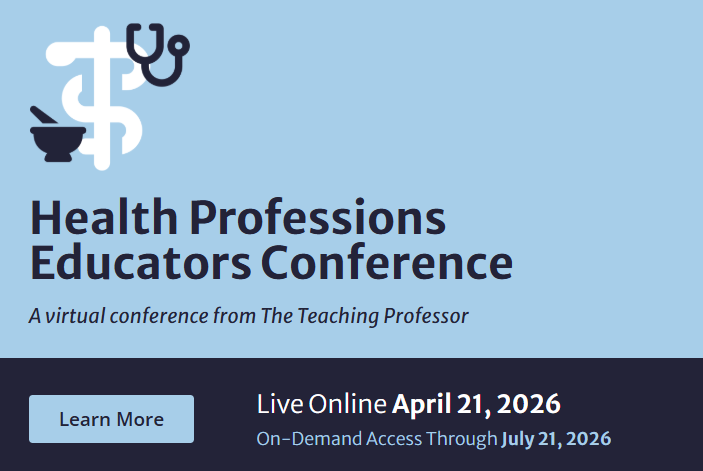Many college courses today incorporate some form of group assignment, such as a project, presentation, or a collaborative paper or report. However, instructors are frequently met with resistance from students who don’t like working in groups and don’t want their grade to be affected by peers who may not pull their weight. Nonetheless, research shows that there are many benefits to group work, in terms of both active learning and expanding teamwork skills. Other benefits include better communication skills, critical-thinking abilities, time management, problem-solving skills, cooperation, and reinforcement of knowledge (Forrest & Miller, 2003; Hammar Chiriac, 2014; Kilgo, Ezell, & Pascarella, 2015). Furthermore, since the use of work groups and teams in the workplace has increased, it is important for students to have prior experience in group work. Certainly, a collaborative attitude and the ability to work with others are important at most places of employment.



